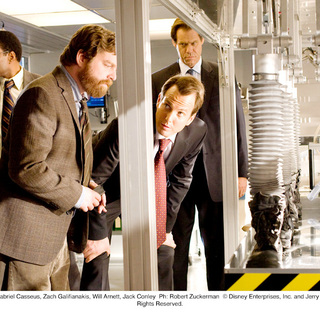
The force of gravity on Jupiter is 2.5 times that experienced on the Earth’s surface, which would make a human weigh 2.5 times as much as on Earth, so that tasks such as walking and lifting objects would be more difficult to perform. For example, Jupiter is the most massive planet in the solar system and has a larger g-force value than that of Earth. So, on a plane, we experience only a few tenths of G-force, more or less than the G-force we are used to on earth, which is why being in a plane does not feel too much different. On earth, we are always experiencing 1G, which is the standard force of gravity on earth. The value of the g-force varies on other planetary surfaces according to the mass of the planetary body. Passengers on a plane experience between 0.7G and 1.3G on average on a plane. The human body cannot sustain high negative G’s, as the blood can pool in the head and lead to a phenomenon called redout. This is typically experienced in free-fall or in negative G-inducing maneuvers by aircraft and roller coasters. Negative G’s reduce the apparent weight of the human body. The human body can sustain higher positive G’s than negative G’s.

Fighter pilots can experience approximately 9 G’s in violent maneuvers, but without proper training and the use of anti-G suits, blood flow to the eyes and brain can become restricted to the point that blackout occurs. Sustaining higher than normal G’s can have serious effects on normal body functioning.

This g-force can be experienced at many different points on a roller coaster ride.

Twice the acceleration due to gravity or 2 G’s, raises the apparent weight of the human body by a factor of two. At the Earth’s surface, 1 G allows humans to perform normal activities and bodily functions without the difficulty imposed by greater g-forces. On the Earth’s surface, the acceleration due to gravity on a body at rest is expressed as 32.174 feet per second-squared, or 1 G.


 0 kommentar(er)
0 kommentar(er)
